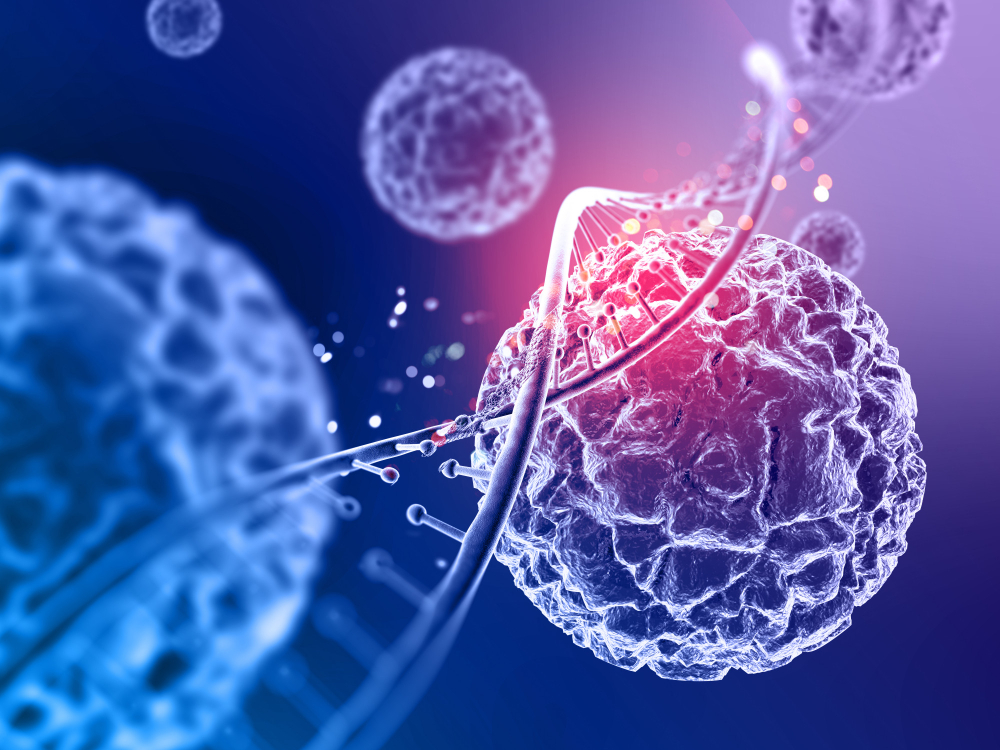GENDER SELECTION
Preimplantation Genetic Diagnosis is used in IVF cycle for couples who have a known inherited disease in their family to avoid passing on the gene to their child and future generations.
Sometimes, neither prospective parent may be aware of a condition because they may only be a carrier.
PGD involves checking the genes or chromosomes of your embryos for a specific genetic condition ensuring that only embryos that are not at risk of developing the known disorder are identified for implantation.
This technique allows to identify the gender of each embryo


WHO
If you have a child with a genetic condition, or have gone through cancer treatment or you are aware of serious genetic condition in your family, you will be recommended PGD to provide the best chance of a successful pregnancy to a healthy child.



HOW
First, IVF treatment is done to create the embryos. Then, the biopsy is taken on the embryos and send to the a genetic laboratory. The embryos are frozen, waiting for the result.
The healthy and unhealthy embryos are separated. Healthy embryos can be transferred and the remaining are frozen for later use in frozen embryo transfer cycle.



RISKS AND SIDE-EFFECTS
Tous les embryons ne survivent pas jusqu’au stade de la biopsie
All the embryos that are biopsied may not give a genetic diagnosis
90% of embryos give a result
A very common risk is that the couple may only have genetically unhealthy embryos
A very small risk of misdiagnosis of an embryo exists
Other risks are similar to a traditional IVF cycle such as: multiple births, ectopic pregnancies and miscarriage.